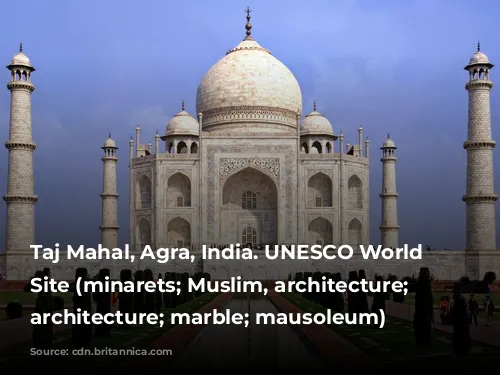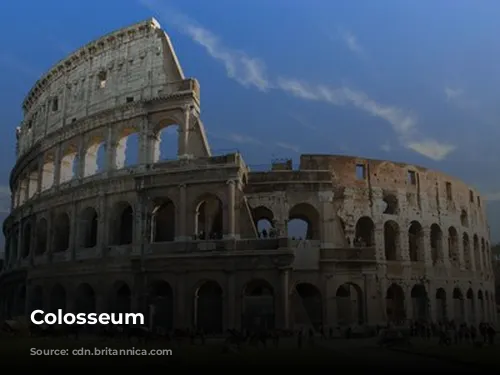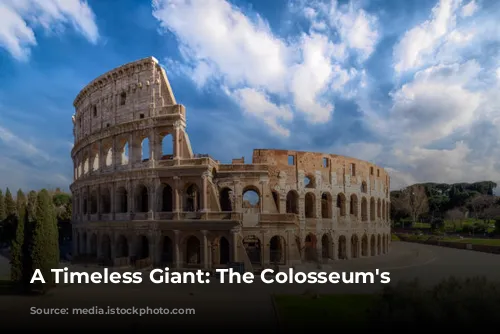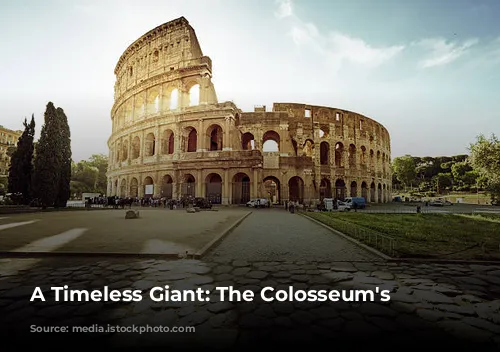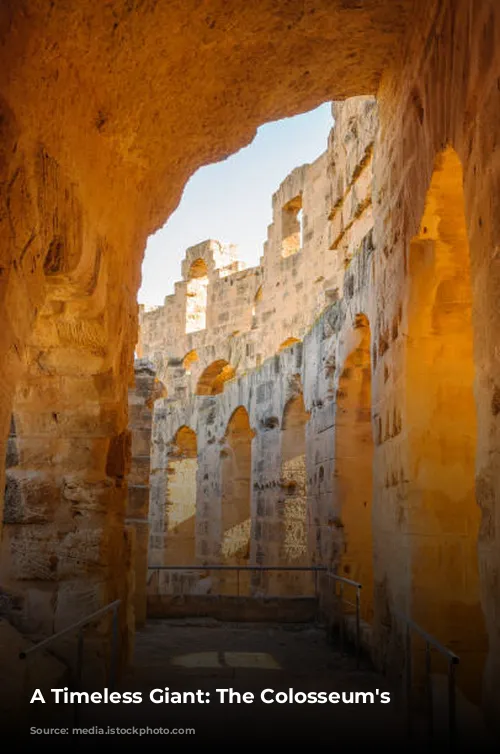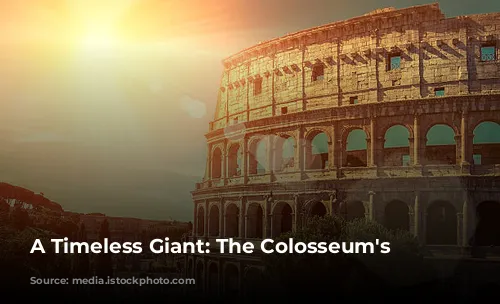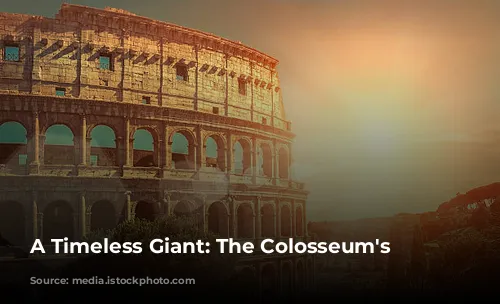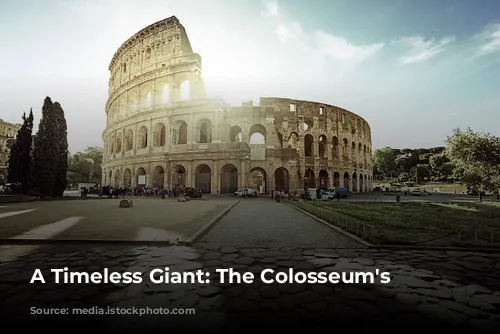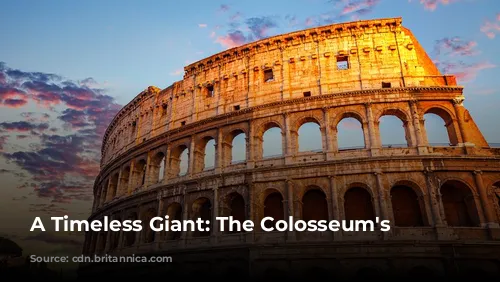Standing as one of the few surviving structures from the mighty Roman Empire, the Colosseum is a testament to ancient Rome’s architectural and engineering brilliance. It’s not just a historical marvel; it’s also a major economic driver for Italy. In 2018, the Colosseum, Roman Forum, and Palatine Hill together generated a whopping $63.3 million (€53.8 million) in revenue, making it Italy’s top tourist attraction.
The Colosseum’s journey has been marked by both grandeur and neglect. After the fall of the Western Roman Empire, the Colosseum faced severe disrepair. In the 12th century, it was repurposed as a fortress by the Frangipane and Annibaldi families. In the 15th century, Pope Alexander VI even allowed the Colosseum to be used as a quarry, its materials plundered for other projects. It wasn’t until the 1990s that state-funded restoration efforts began, breathing life back into this iconic landmark after over a thousand years of neglect.
A Symbol of Imperial Might
The Colosseum was built as part of a grand imperial plan to revitalize Rome after the tumultuous “Year of the Four Emperors” in 69 CE. Just like other amphitheatres of its time, Emperor Vespasian envisioned the Colosseum as a captivating entertainment venue. It was designed to host gladiatorial contests, thrilling animal hunts, and even impressive mock naval battles, providing spectacles for the Roman public.
Construction of this architectural masterpiece began under Emperor Vespasian between 70 and 72 CE. His son and successor, Titus, completed the structure and dedicated it in 80 CE. Emperor Domitian added the fourth story in 82 CE. It’s fascinating to note that the Colosseum was funded by the spoils of war from Titus’s conquest of Jerusalem in 70 CE, and it was built by enslaved Jews from Judea.
An Architectural Marvel
The Colosseum, also known as the Flavian Amphitheatre, is an elliptical structure constructed using stone, concrete, and tuff. It stands four stories tall at its highest point, measuring 620 by 513 feet (189 by 156 meters) and boasting a capacity of up to 50,000 spectators. The Colosseum was renowned for its gladiatorial combat, showcasing fierce battles between skilled warriors.
The Colosseum is not just an impressive structure; it’s a testament to Roman ingenuity and engineering prowess. Unlike earlier amphitheatres, which were often dug into hillsides for support, the Colosseum stands as a freestanding masterpiece of stone and concrete. Its intricate system of barrel vaults and groin vaults, spanning 620 by 513 feet (189 by 156 meters), is a marvel of ancient construction. The Colosseum features three stories adorned with arcades and framed by engaged columns, showcasing the Doric, Ionic, and Corinthian orders. This architectural masterpiece influenced Renaissance architects, who incorporated these elements into their designs. The primary structural framework and facade are made of travertine, while volcanic tufa was used for the secondary walls. Concrete forms the inner bowl and arcade vaults, demonstrating the Romans’ advanced building techniques.
A Stage for Spectacles
The Colosseum provided a breathtaking venue for the Roman people, with seating for 50,000 spectators. A massive retractable awning, known as a velarium, shielded the crowd from the scorching sun. This elaborate system required hundreds of Roman sailors to manipulate its rigging. The Colosseum witnessed countless thrilling spectacles, including gladiatorial combats, animal hunts, and even mock naval battles. While some believe the Colosseum hosted the martyrdoms of early Christians, this remains uncertain.
Despite its grandeur, the Colosseum faced a period of decline after the fall of the Roman Empire. It was used as a church and later as a fortress by influential Roman families. The Colosseum was damaged by natural disasters like lightning strikes and earthquakes, and it suffered from neglect, vandalism, and pollution. Over time, the marble seats and decorative materials disappeared, leaving the Colosseum stripped bare.
A Symbol of Resilience
The Colosseum’s story of neglect eventually gave way to a period of preservation. The 19th century saw the beginning of preservation efforts, notably led by Pope Pius VIII. In the 1990s, a significant restoration project was undertaken, bringing this iconic landmark back to its former glory.
Today, the Colosseum stands as a vibrant symbol of Rome’s enduring legacy. It’s a testament to the Romans’ engineering and architectural genius, a reminder of their vibrant culture, and a beacon that draws millions of visitors every year. Regular exhibitions showcasing the culture of ancient Rome are held within the Colosseum’s walls, further enriching the visitor experience.
